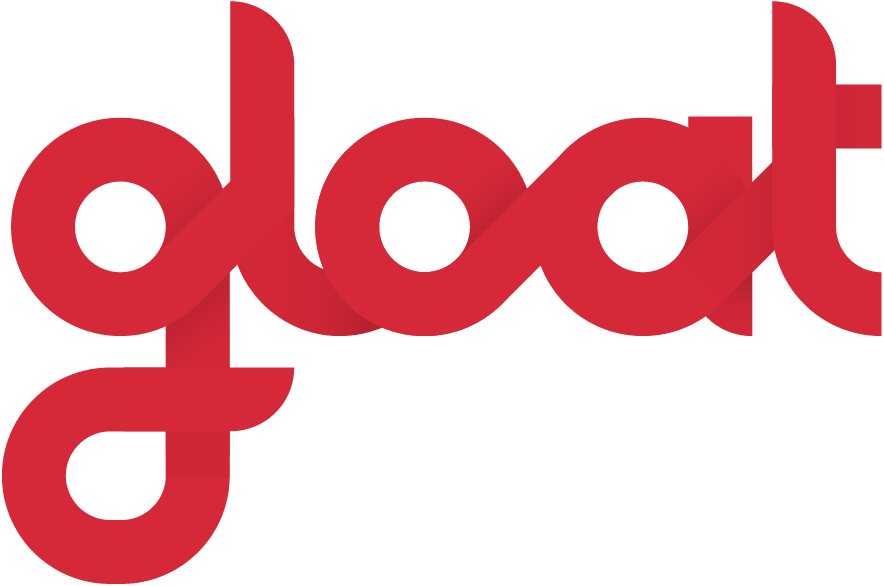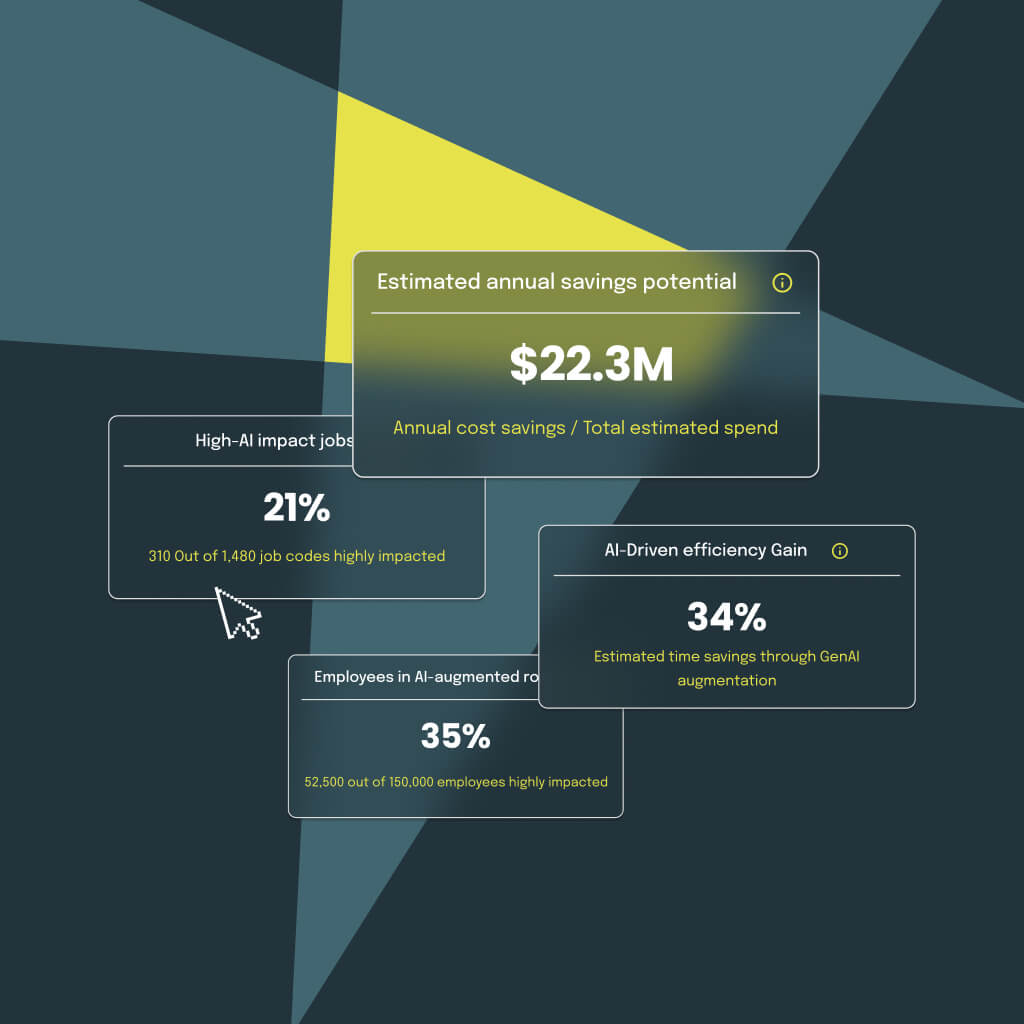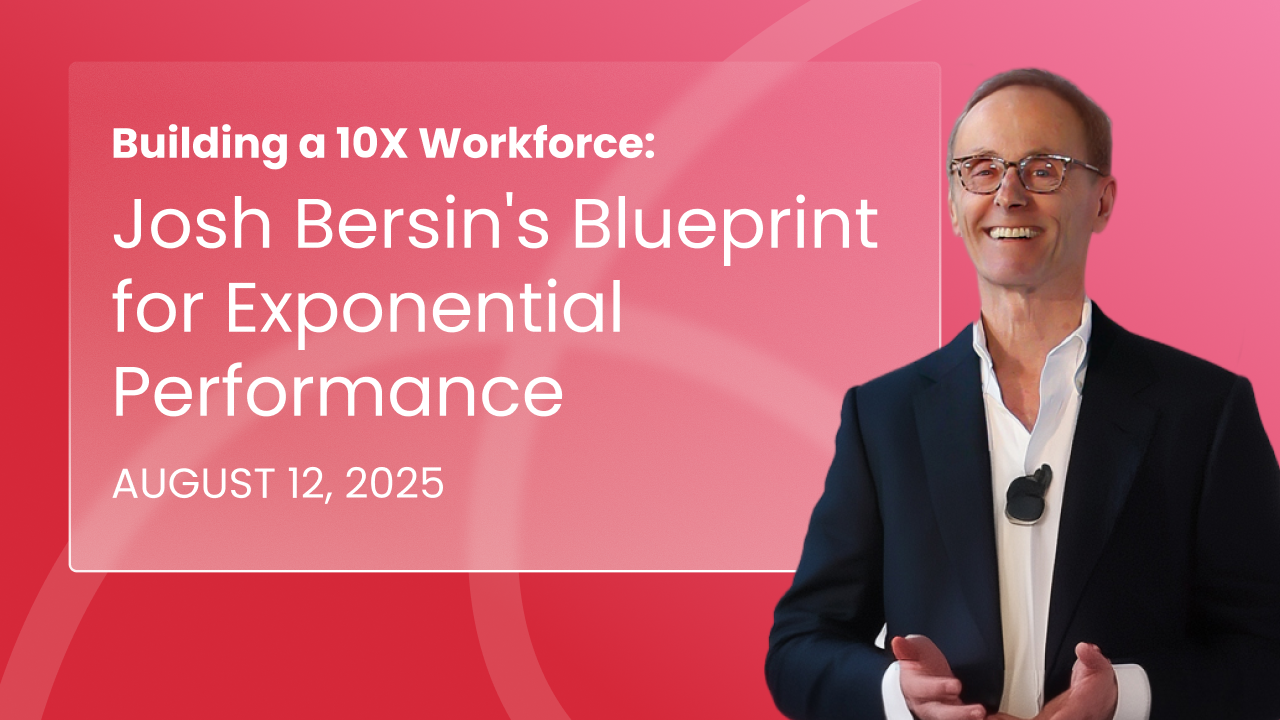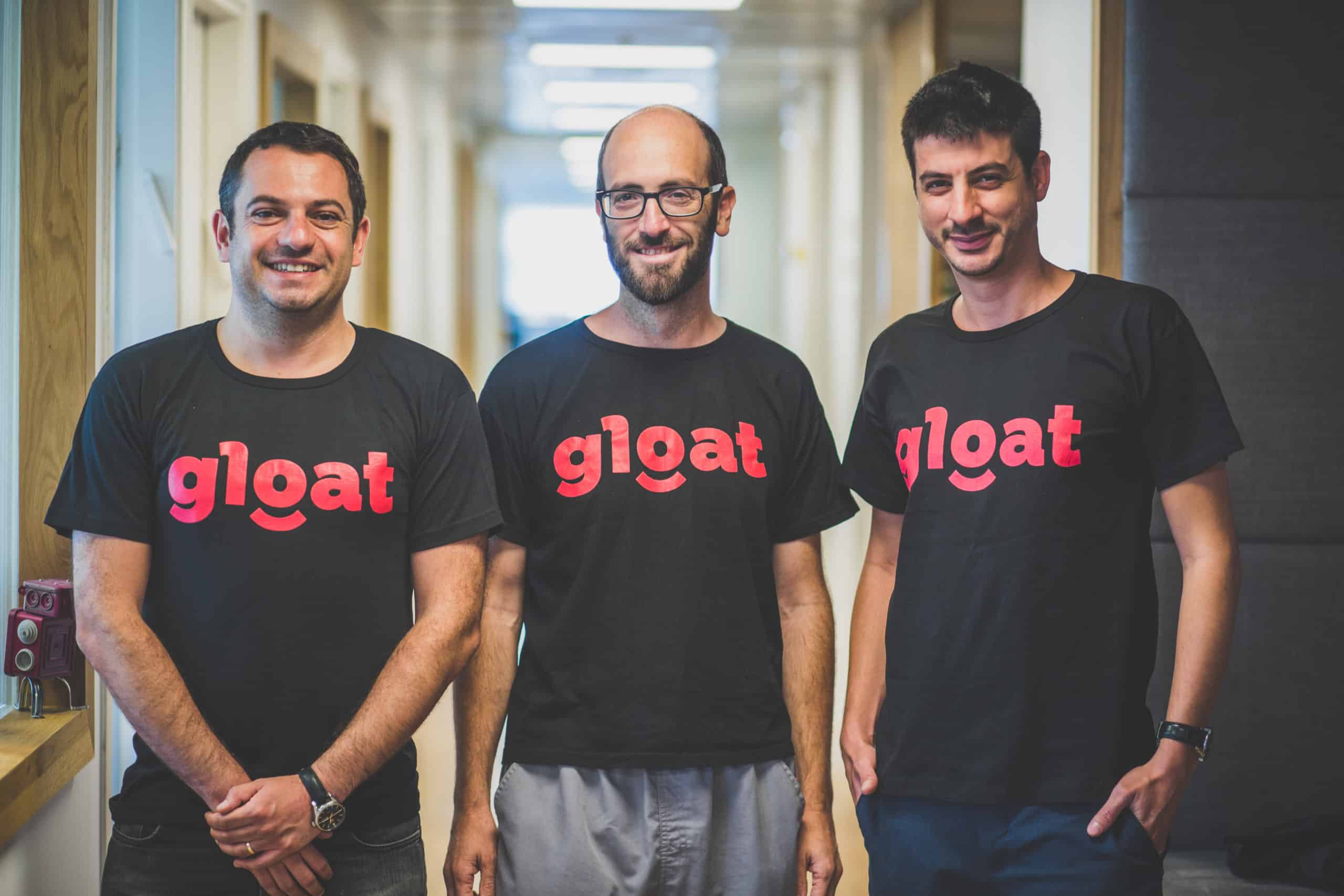AI-Augmented Workforce: Shaping the Future of Work
Why only 5% of companies are achieving AI value at scale—and how to join them
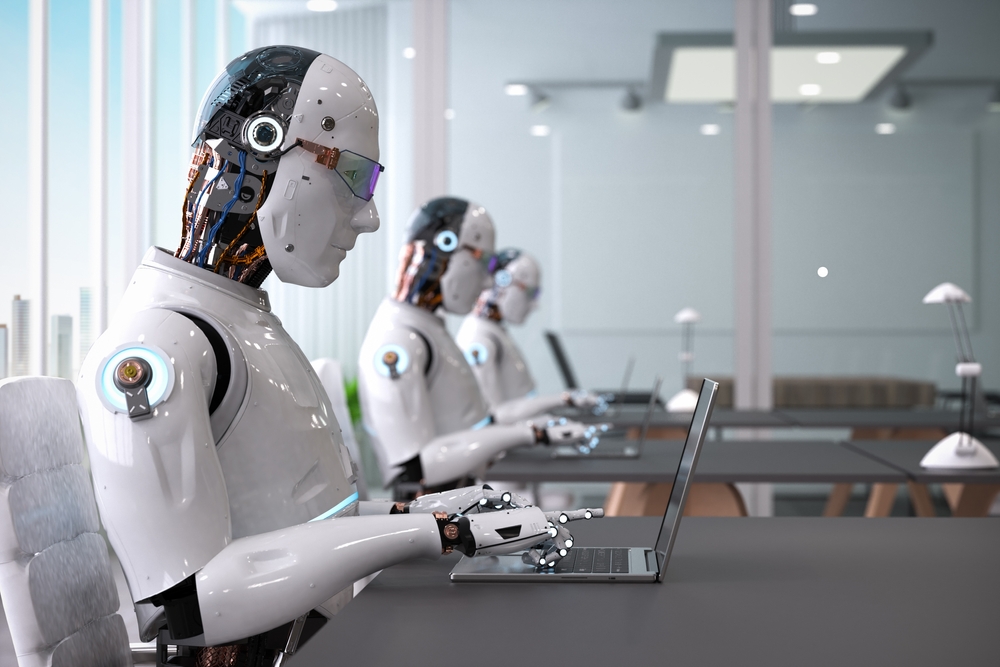
AI spending surged from $2.3 billion in 2023 to $13.8 billion in 2024, yet Boston Consulting Group’s research of 1,250 companies reveals a sobering reality: only 5% are achieving AI value at scale. Meanwhile, 60% report minimal returns despite substantial investment, creating a critical AI productivity gap that will separate winners from losers.
The companies succeeding aren’t simply deploying more tools; they’re building AI-augmented workforces where technology amplifies human capability. BCG’s data shows these “future-built” organizations generate 1.7 times more revenue growth than struggling competitors by orchestrating seamless human-AI collaborations that fuel exponential improvements in performance and productivity.
What Is an AI-Augmented Workforce?
An AI-augmented workforce strategically integrates artificial intelligence into how employees work, enabling exponentially greater output without replacing human judgment, creativity, and expertise. Rather than viewing AI as a replacement, this model positions it as a powerful enabler, handling routine tasks and providing intelligent insights while humans focus on strategic thinking, relationship building, and complex problem-solving.
BCG’s research demonstrates that 70% of potential AI value concentrates in core business functions like sales, marketing, manufacturing, and supply chain, with R&D alone accounting for 15%. Success requires fundamentally reimagining work by orchestrating the optimal combination of human skills and AI capabilities for each task, embedding AI across entire workflows rather than running isolated pilots.
Key Characteristics of an AI-Augmented Workforce
Some traits that define an AI-augmented workforce include:
#1. Human-AI collaboration
At the heart of AI-augmented work is a human-centric approach where humans control strategic direction with AI as support. This collaboration operates at the task level, with employees determining the right mix of human expertise and AI efficiency for each component. BCG found that future-built companies are 1.5 times more likely to adopt co-ownership between business and IT, with 40% embedding shared ownership into governance structures.
#2. Continuous learning and adaptation
The AI-augmented workforce requires ongoing learning embedded in daily workflows. Future-built companies invest heavily in enablement, with 50%+ of employees expected to upskill in AI in 2025 versus only 20% at lagging organizations. These companies are six times more likely to provide protected time for structured learning, resulting in 50% more staff actively using AI.
#3. Data-driven decision making
AI-augmented workforces leverage data and analytics for smarter decisions, with AI processing vast information to surface insights while humans interpret context and make final judgments. Future-built companies are five times more likely to leverage strategic workforce planning for AI, enabling evidence-based decisions about investment and resource allocation.
#4. Enhanced creativity and innovation
AI creates space for strategic thinking and exploration by handling the routine so humans can focus on the remarkable. When AI handles data analysis, content generation, and process execution, humans gain capacity for higher-value work. BCG’s data shows future-built companies are 2.5 times more likely to focus on reshaping and inventing workflows, recognizing that transformational value comes from end-to-end change, not isolated use cases.
#5. Flexible role definitions
Traditional job descriptions become less relevant as roles evolve dynamically. Organizations focus on skills, potential, and adaptability, using AI-powered systems like Gloat to enable fluid movement between projects. Future-built companies are twice as likely to involve employees in shaping AI adoption, ensuring transparency about role evolution and providing proactive reskilling.
According to research by Josh Bersin, there are key organizational practices that help enable this flexibility: valuing expertise over tenure, encouraging internal mobility, treating skills development as a core mission, developing meritocratic rewards, empowering employee decision-making, and regularly rebalancing roles rather than resorting to mass lay-offs when AI automates certain functions.
AI Augmentation vs. Automation
Automation replaces human labor to reduce costs; augmentation enhances human capability to exponentially increase what people can accomplish. The most successful organizations strategically combine both: automating low-value tasks while augmenting work requiring human judgment and creativity.
The distinction shows in outcomes. While 95% of generative AI pilots fail due to narrow automation focus, organizations taking an augmentation approach achieve breakthroughs. BCG found future-built companies have 5 times more AI workflows deployed and achieve implementation in 9-12 months versus 12-18 months for others.
Benefits of an AI-Augmented Workforce
If you’re planning on integrating AI into your organization’s workflows, here are some benefits you can expect to reap:
#1. Increased productivity and efficiency
AI-augmented workforces achieve dramatic gains – employees accomplish significantly more by orchestrating the right mix of human skills and AI capabilities. BCG’s data shows future-built companies expect twice the revenue increase and 1.4 times greater cost reductions than laggards, with anticipated revenue increases of 14.2% and cost reductions of 13.6% by 2028 in AI-enabled areas.
#2. Improved innovation
Future-built companies accelerate innovation through rapid experimentation and real-time analysis. BCG found they’re 2.5 times more likely to focus on reshaping and inventing workflows, democratizing innovation across the organization rather than confining it to specialized teams.
#3. Enhanced employee satisfaction
When AI handles necessary but unfulfilling tasks like copying data or generating routine reports, employees can focus on meaningful like building relationships, solving complex problems, developing strategy, and creating impact.
#4. Better business outcomes and ROI
The U.S. faces an annual $500 billion AI productivity gap due to poor integration. Organizations bridging this gap achieve measurable impact. BCG shows future-built companies achieve 1.7x revenue growth, 3.6x higher three-year shareholder return, and 2.7x better return on invested capital.
#5. Competitive advantages
The gap is widening. Future-built companies plan to spend 26% more on IT and dedicate 64% more budget to AI in 2025. These compounding advantages in speed, innovation, efficiency, and talent attraction make it increasingly difficult for their competitors to catch up.
How to Prepare Your Workforce for AI Augmentation
Consider the following best practices to turn your organization into an AI-augmented workforce:
#1. Assess current capabilities and gaps
Map work at the task level, identify where AI delivers greatest impact, and assess workforce readiness. Tools like Gloat Signal help quantify automation potential, calculate ROI, and pinpoint strategic priorities for data-driven decisions.
#2. Develop an AI integration strategy
Address three dimensions: Enterprise Optimization (top-down visibility), Work Orchestration (bottom-up activation), and Workforce Readiness (skills development). BCG shows future-built companies are 12 times more likely to have deeply engaged C-level executives and 3 times more likely to have appointed a chief AI officer.
#3. Build essential skills for AI collaboration
AI literacy means building practical skills: understanding what AI can and cannot do, evaluating AI-generated outputs, and effective prompt engineering for all employees; leading AI-augmented teams for managers; and deeper technical skills for specialized roles.
#4. Create a culture of innovation
Foster psychological safety for experimentation, with leaders modeling AI adoption. Communicate a clear vision of co-evolution where AI handles routine tasks while humans focus on strategic, creative work.
#5. Establish governance and ethics guidelines
Implement robust frameworks for privacy, bias evaluation, human review protocols, and continuous monitoring. Future-built companies are 5 times more likely to have mature responsible AI guardrails and 4.6 times as likely to have fit-for-purpose governance.
Final Thoughts: AI and Humans as a Team
The future isn’t about replacement; it’s about co-evolution where humans and AI develop together. BCG’s research makes clear that time is short: only 5% of organizations have achieved AI value at scale, and the gap widens daily.
Success requires moving beyond purchasing tools to reimagining work. Gloat’s Work Orchestration Platform connects humans, AI, and technology through a Multi-Ontology Workforce Graph, creating the foundation for seamless collaborations between employees and AI.
The AI revolution’s promise will only be realized by organizations embracing augmentation over automation, investing in people alongside technology, and recognizing that competitive advantage comes from the unique combination of human creativity and AI capability.
Ready to join the 5% of companies that are achieving value from AI at scale? Check out Gloat Signal to learn how to quantify the impact of your investments.
